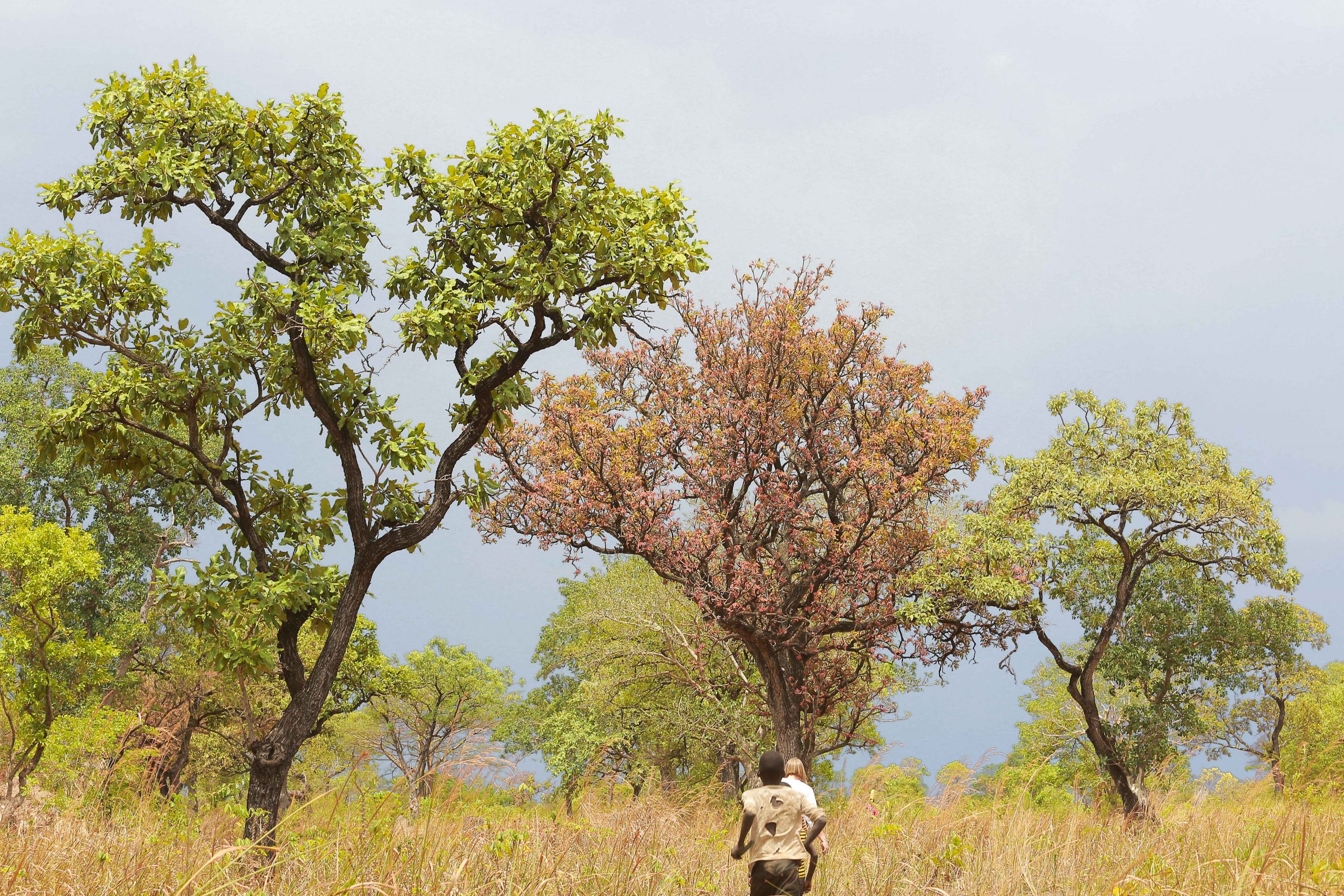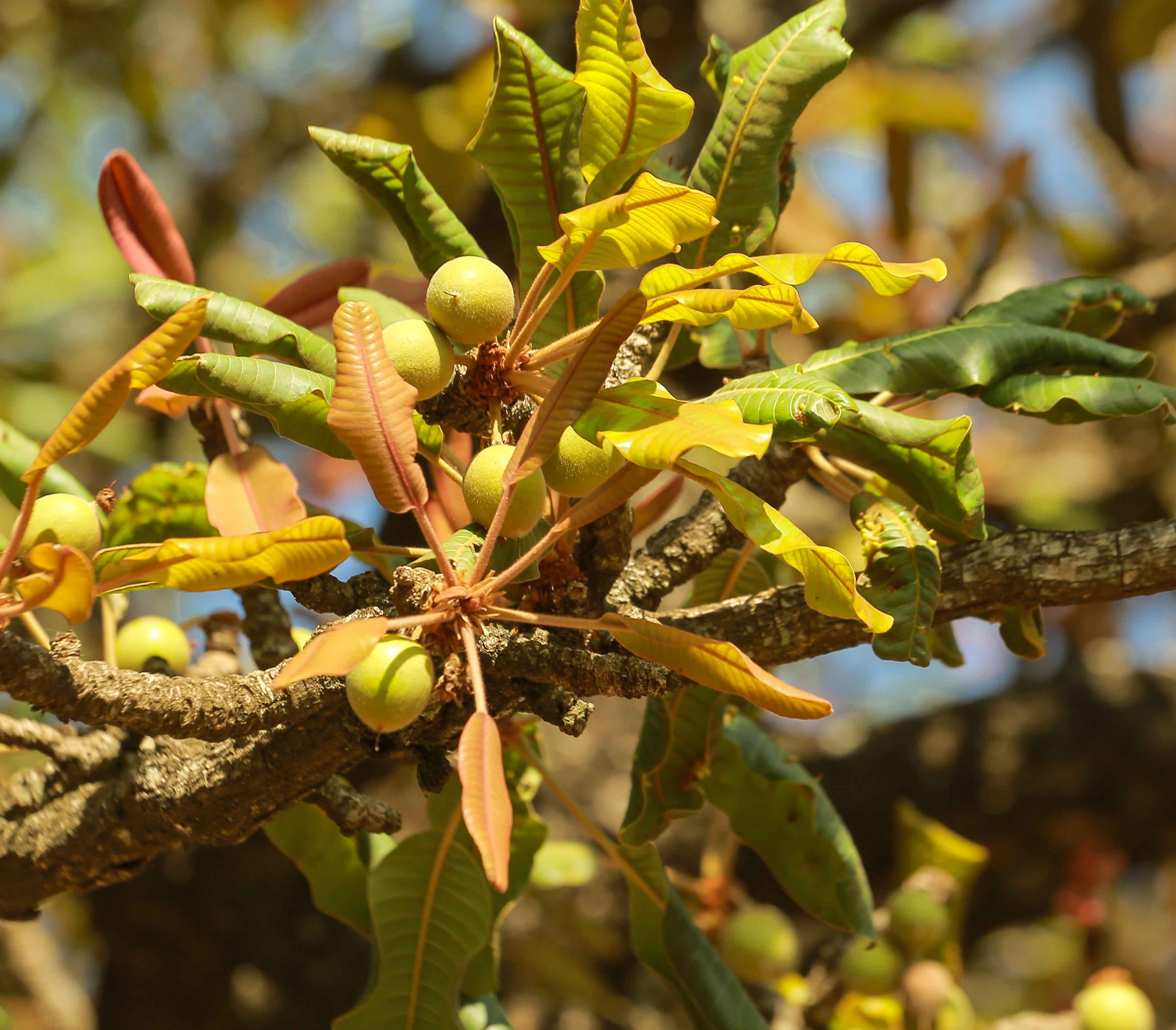Grown by Nature
A rare local treasure


The growing cycle of Nilotica shea trees.
Nilotica trees only grow in the wild where they start to fruit after about 10 to 12 years. Then they can continue to grow for more than 300 years and become more productive as each year passes. The tree goes through a cycle every year made up out of loosing their leaves, blooming, fruiting and regenerating their leaves. Not all trees are always in the same stages and the vibrant reds and pink of the blooming is extra vivid set agains the backdrop of the fresh green of other trees sprouting new leaves or the deep green of trees maturing their foliage.
The fruiting of the trees is seasonal and usually occurs between April to July. When the fruits are ready they fall to the ground.




Nilotica shea fruits, nuts and kernels
Nilotica fruits are delicious and sweet. Like a small mango they have fruit flesh and a nut inside. This nut is what is left after making lemonade or simply eating the fruit. Inside the nut is the Nilotica nut kernel and that is what we cold-press to gently extract the precious Nilotica shea butter.

